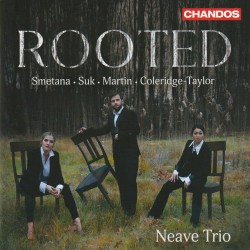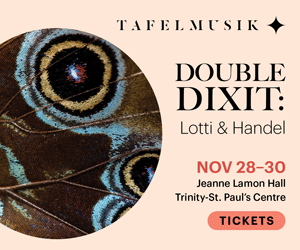 Rooted
Rooted
Neave Trio
Chandos CHAN 20272 (neavetrio.com/discography)
“Tradition-rooted” folk music links this CD’s compositions, vividly performed by America’s Neave Trio. Bedřich Smetana wrote his 27-minute Piano Trio, Op.15 (1855) shortly after his four-year-old daughter’s death from scarlet fever. Anguished outbursts fill the first movement, briefly interrupted by sweet, simple melodies, perhaps representing little Bedřiška. The second movement features folk-like dances, ranging from gently poignant to ponderously brutal. The finale alternates between a wild Presto, a precursor to the Furiant in Smetana’s Bartered Bride, and a heartbreakingly beautiful melody, an ambiguous conclusion to this emotional roller-coaster.
The other works are shorter, each around 16 minutes. Josef Suk even called his piece Petit Trio, Op.2, completed while studying with Antonin Dvořák (Suk later married Dvořák’s daughter Otilie). Like Smetana, Suk composed a series of Czech folk-flavoured dances, less dramatic but cheerfully robust and sentimental.
Samuel Coleridge-Taylor arranged Five Negro Melodies from his Twenty-four Negro Melodies (1905) for piano. Sometimes I feel like a motherless child leads the group; I was unfamiliar with the others. As with many works Coleridge-Taylor derived from African or African-American sources, I found these arrangements essentially European in style and feeling, with minimal ethnic authenticity.
The two outer movements of Swiss composer Frank Martin’s Trio sur des mélodies populaires irlandaises (1925) readily conjure images of Irish countryfolk dancing rumbustiously to the squealing of bagpipes. In the middle movement, the cello croons a love song over harp-like piano sparkles. A happy ending to a disc that began with tears.



